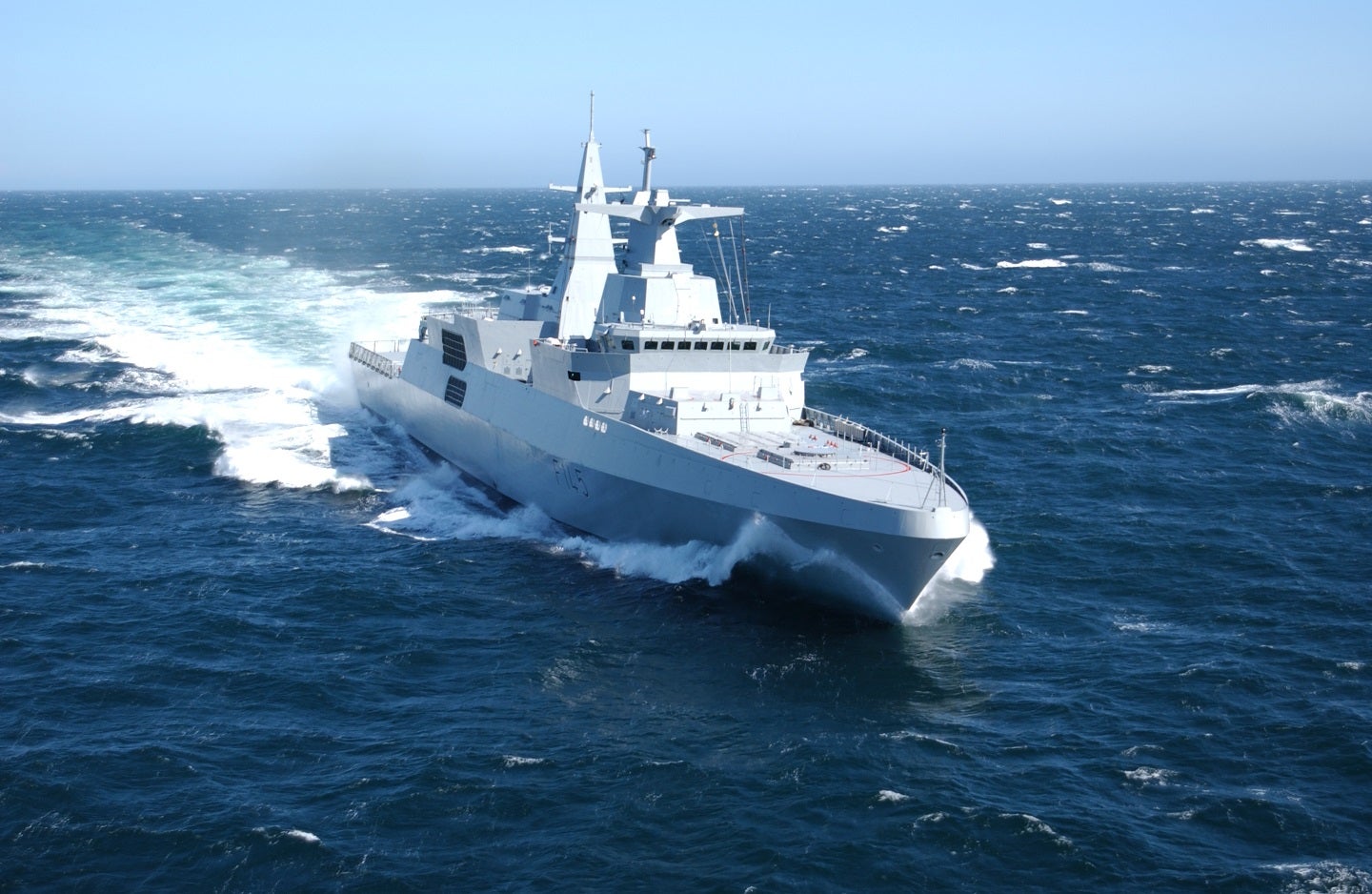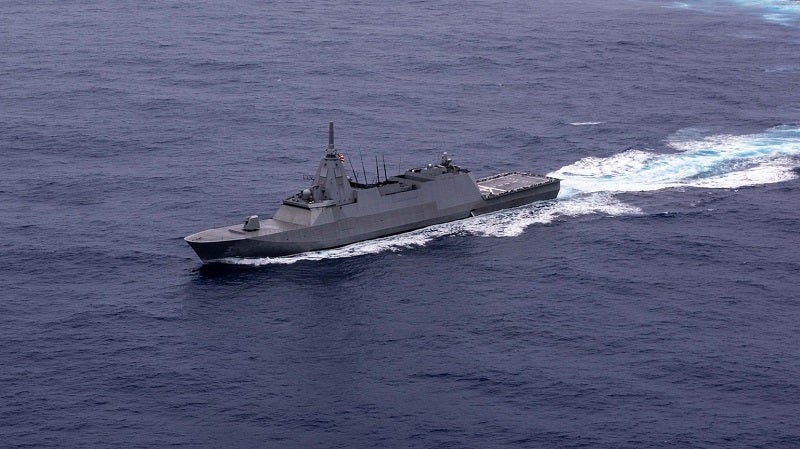
The Australian Government announced that it has downselected Thyssenkrupp Marine Systems and Mitsubishi Heavy Industries in the race to deliver its future general purpose frigates (GPF).
While the German manufacturer offers the MEKO A-200 design, its Japanese competitor has put forward the Mogami Future Frigate Multirole (FFM) platform. In May, the Australian Defence Department released an approach to market for five shipbuilders of the platforms identified by the Independent Analysis of Navy’s surface combatant fleet.

Discover B2B Marketing That Performs
Combine business intelligence and editorial excellence to reach engaged professionals across 36 leading media platforms.
Reports of the decision were made earlier this month, which were officially confirmed in a government statement early on 25 November 2024.
The call for 11 GPFs goes back to February 2024 when the Australian Government decided to phase out its eight ANZAC-class frigates as part of a strategic pivot to the surface fleet. GPF will replace the ageing class, now more than 25 years old. The government aims to deliver the first vessel this decade.
The first three vessels will be built offshore and, depending on the timely consolidation of the Henderson precinct in Western Australia, the remainder – it is believed eight GPFs – are to be constructed locally at Henderson.
The debate: MEKO or Mogami
The debate is one between familiarity and capability.

US Tariffs are shifting - will you react or anticipate?
Don’t let policy changes catch you off guard. Stay proactive with real-time data and expert analysis.
By GlobalDataThyssenkrupp’s MEKO A-200 is the new generation of the RAN’s seven existing MEKO 200 warships. GlobalData intelligence from Australia’s defence market report (2024) reveals that these current frigates were acquired between 1996 and 2006.
It has been suggested that many within the RAN want to stick with the German vessels due to the ease of transition from MEKO 200.
Meanwhile, the Mogami FFM platform is considered one of the leading frigate concepts on the market.
According to analysis from GlobalData’s latest report, ‘Naval Vessels and Surface Combatants Market Size and Trend Analysis by Segments, Programs, Competitive Landscape and Forecast to 2033’, Japan’s Mogami-class procurement programme will account for 10% of the total spending on frigates segment by countries in Asia-Pacific region over the period 2023-2033.
Despite Japan’s recent economic problems its naval service still values the will continue to maintain the Mogami 30FFM programme as a centrepiece project, GlobalData Defence Analyst Akash Pratim Debbarma suggested.
Even though Japan’s shipbuilding industry has historically proven to be a class of its own, Mitsubishi Heavy Industry’s two new FFMs for Japan are likely to be integrated with more advanced equipment and a higher level of automation than the previous FFMs.

Surface fleet requirements
The Albanese government is investing up to A$55bn ($35.8bn) over the decade; of this A$10bn will support the new frigates. This is part of a plan that will more than double the size of the Royal Australian Navy’s (RAN) surface combatant fleet:
“Navy’s future fleet will constitute the largest number of surface combatants since World War Two,” commented Deputy Prime Minister Richard Marles.
Australia’s Defence Strategic Review, published in April 2023, outlines the government’s strategic context that informs its surface capabilities. Notably, the government require an “optimal mix” of Tier 1 (long-range strike) and Tier 2 (subsea warfare) ships to secure the nation’s northern maritime approaches.
With a newfound focus on mass, the government stipulates the need for “a larger number of smaller surface vessels”.
The ANZAC’s dimensions had a length of 118m, a draught of 4.35m, a beam of 14.8m and a displacement of 3,600 tonnes.
Mogami comes in with a 130m length and a displacement of 4,000 tonnes whereas the MEKO A-200 is 121m-long with a displacement of 3,500 tonnes.



